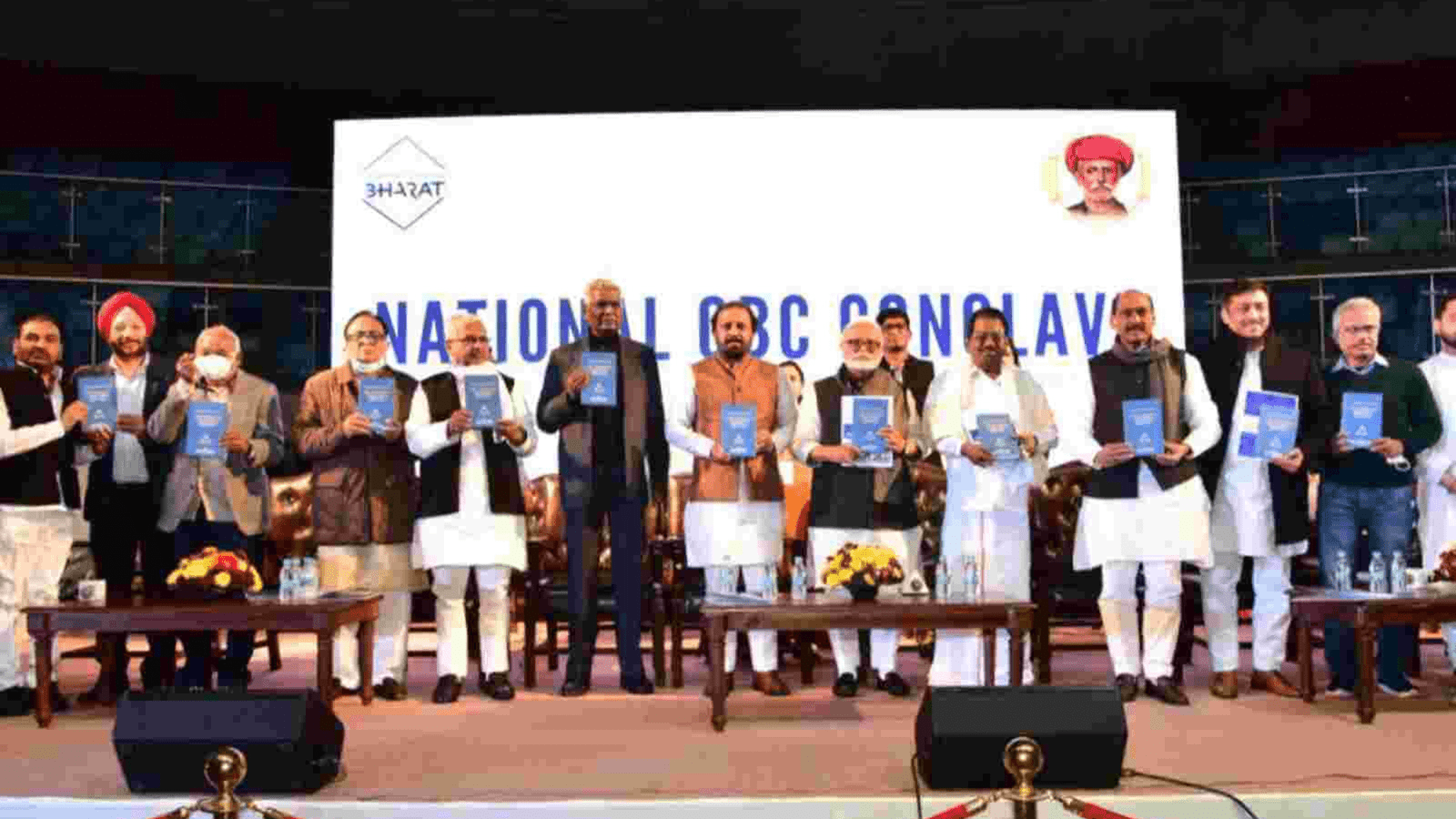
A recent report from LinkedIn suggested that Indian women increased their participation in paid work between April and July because the new normal of “work from home” (WFH) allowed them to combine their domestic and employment responsibilities. This sounded hopeful because women’s (in)ability to work outside the home is critically intertwined with their predominant responsibility for domestic chores and unpaid care work. Historically, women’s LFP has increased when the time cost of domestic/unpaid care work is reduced, or is shared more equally with men, or made more compatible with market work.
History tells us that calamitous events like wars and pandemics have the potential to shift pre- established labour market patterns and norms. The first month of the strict lockdown showed an increase in time spent on domestic work by men. The subsequent unlocking has seen a steady increase in employment. If the COVID-19 pandemic did, in fact, manage to shift the needle on sticky gender norms in paid and unpaid work in India, it would be a massive silver lining to the dark clouds of the pandemic and economic recession.
Not only would it be a mini-miracle for India, it would buck international trends, which show women dropping out of the workforce in large numbers as the burden of childcare has disproportionately fallen on them during the prolonged school closures and pressures of home schooling.
National-level data reveal that the pandemic has not succeeded in shifting the needle on gender gaps in paid and unpaid work. The biggest contraction in employment was in April 2020. According to Centre for Monitoring Indian Economy (CMIE) data, the average employment for January 2019-March 2020 was 403 million, which declined to 282 million in April 2020 and recovered steadily thereafter to reach 393 million by August 2020. The corresponding figures for men are 360, 256 and 353 million, and for women are 43, 26 and 39 million, respectively. Thus, male employment in August is 98 %, and female employment is 91 %, of the respective pre-pandemic average.It is clear that the large gender gaps in paid work have not declined. My estimates show that accounting for previous employment, women were 9.5 % points less likely than men to be employed in August 2020 compared to August 2019.
What about domestic work? Gender differences in time spent on unpaid work are ubiquitous: Everywhere in the world, women spend much more time than men on domestic chores and care work, including childcare. But India has among the most unequal gender divisions: Women spend between five to 10 times more time on housework compared to men.
The first month of the strict lockdown was marked by an absence of domestic helpers, integral to the lifestyles of a large number of Indian families. Anecdotal accounts suggest that men stepped up their contributions to housework in this extraordinary situation. Did the pattern persist with “unlockdown” as domestic helpers returned to work, and men returned to their paid jobs?
My estimates reveal that men’s time spent on housework went down from the April high, though not to the pre-lockdown level of the December 2019 average. Thus, while the green shoots of gender equality within the household — seen in the clear decline in the gender gap on time spent on housework in April, did not get further enhanced in August 2020 — the good news is that men did not relapse completely into their pre-lockdown habits.
Despite the presence of two strong preconditions for women’s participation in paid work — falling fertility and rapidly rising female education levels — India’s female LFP has not only been persistently low, but has registered a decline over the last 15 years. Whether this represents a willing dropping out (that is, women unwilling to work despite opportunities), or a combination of lack of suitable jobs, fractured nature of work especially in rural areas, and inaccurate measurement of their work (that is, women willing to work but not able to find suitable work; plus the work that they do that does not get measured correctly) has been a matter of fierce debate. My own work supports the latter contention.
Several surveys have documented an unmet demand for paid work by women. Women want to work but are hampered by a combination of factors. One, they need work commensurate with their rising educational qualifications; two, they need conducive and enabling conditions (transportation, toilets), and three, they have to balance the pressures of domestic chores.
The experience of the pandemic teaches us that a normalisation of WFH — without concomitant changes that reduce the burden of domestic chores and care work, and an increase in paid work opportunities — is unlikely to raise women’s participation in the labour force. As the pandemic forces our economy to hit the “reset” button, paying attention to job creation with a gender equity lens is essential for India to realise its tremendous gender dividend.









































































































